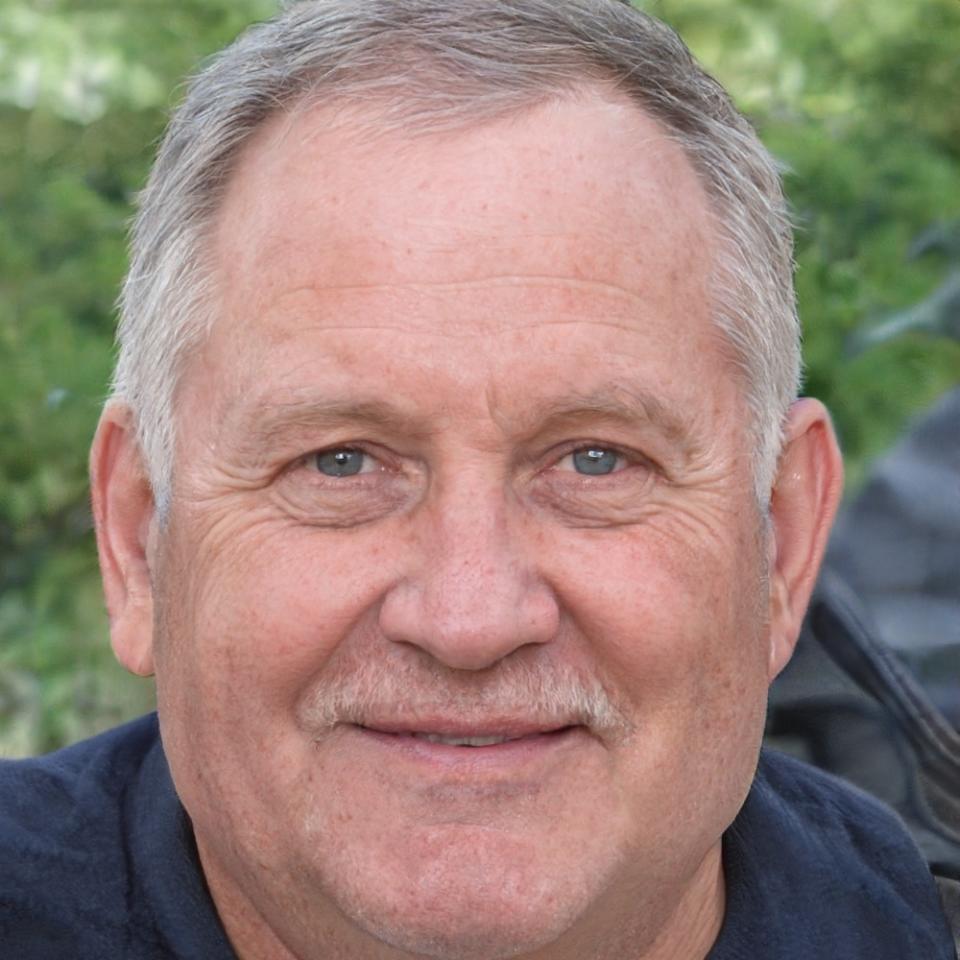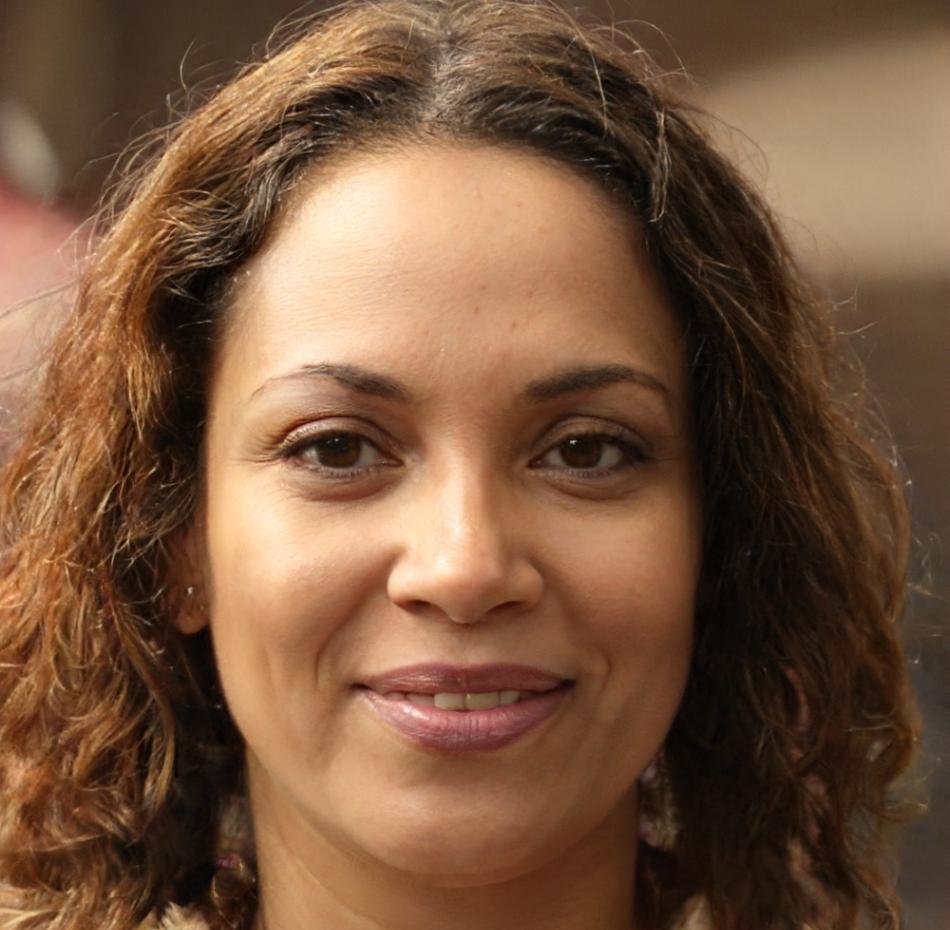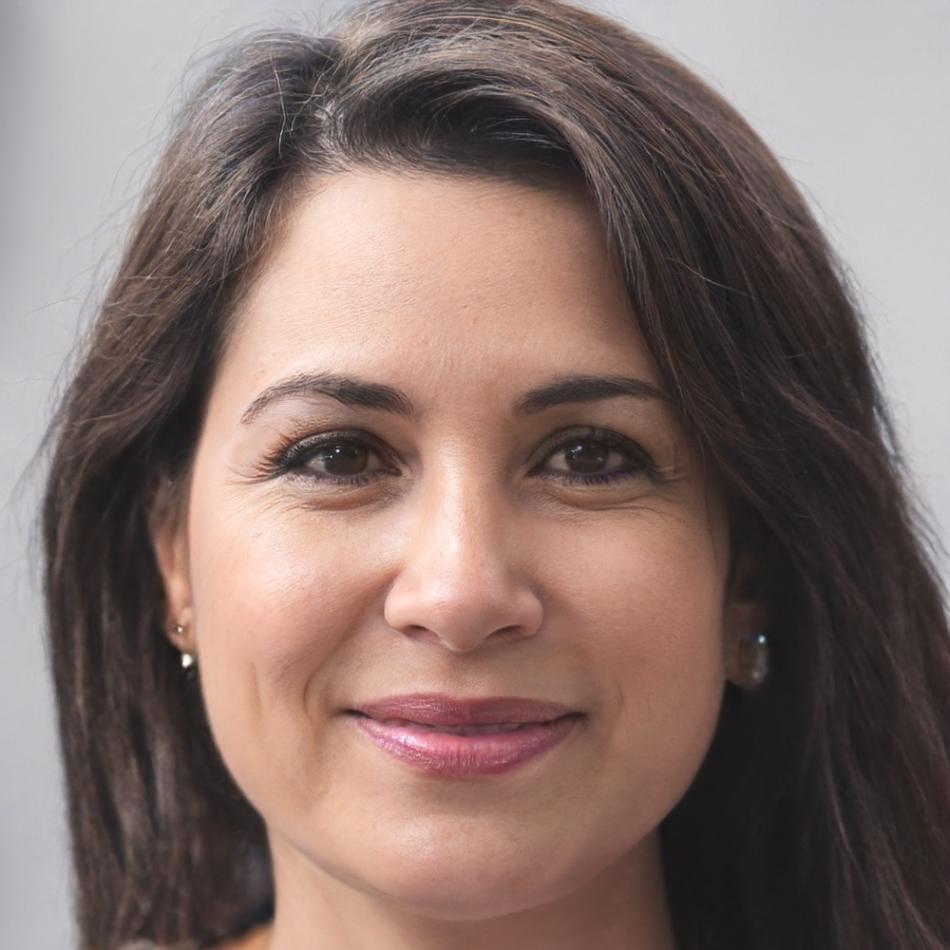Financial Analysis Through Real Application
Most energy finance programs throw theory at you and call it training. We take a different approach—building analytical capability through actual energy market scenarios. Our September 2025 cohort focuses on practical methods that work when data gets messy and markets shift.
Request Program Details
Three-Phase Learning Structure
We build from foundational concepts through intermediate application to advanced integration. Each phase runs eight weeks with specific deliverables that demonstrate growing capability.
Foundation Phase
Understanding energy market structures and basic financial modeling. You'll work with historical data sets and learn to identify patterns that matter versus noise that doesn't.
- Market structure analysis for power generation
- Financial statement interpretation for utilities
- Basic forecasting methods and their limitations
- Data cleaning practices for energy datasets
Application Phase
Building models that handle real-world complexity. We work with incomplete data, changing regulations, and market conditions that don't fit textbook examples.
- Multi-variable analysis for pricing decisions
- Risk assessment in renewable investments
- Regulatory impact modeling approaches
- Portfolio analysis for mixed energy assets
Integration Phase
Combining analytical methods into coherent frameworks. This phase simulates actual decision-making environments where multiple factors compete for attention.
- Scenario planning for policy changes
- Investment thesis development and testing
- Presentation of complex findings clearly
- Framework adaptation for new situations
Weeks 1-8
Foundation concepts and basic models
Weeks 9-16
Applied scenarios and complex datasets
Weeks 17-24
Integrated projects and capstone work
Learning From Actual Analysis Projects
These examples come from recent participant work—not theoretical exercises. They show how people applied the methods to real questions they faced in their professional contexts.

Regional Solar Investment Analysis
A participant working in project development needed to evaluate whether expanding solar capacity in southern Vietnam made financial sense given grid constraints and subsidy changes. The analysis required combining technical capacity data with evolving policy frameworks.
- Built flexible model handling multiple regulatory scenarios
- Identified breakeven points across different policy outcomes
- Created presentation format accessible to non-technical stakeholders
- Delivered actionable recommendation within tight deadline
Practical Insights From Program Alumni
Short observations from people who've completed the program and applied these methods in their work.
Start With Questions, Not Tools
The biggest shift for me was learning to define what I actually needed to know before building elaborate models. Simple analysis answering the right question beats sophisticated work addressing the wrong one.
Data Quality Matters More Than Volume
I used to think more data always helped. Now I spend more time understanding what my data actually represents and where its limitations are. Saves time and produces better results.
Document Your Assumptions Early
Writing down what I'm assuming before diving into analysis changed how I work. Makes it easier to revisit later when assumptions need updating, and helps others understand my reasoning.
Build Models You Can Explain
If I can't walk someone through my model logic clearly, it's probably too complicated. The most useful analyses I've done are ones other people can understand and build on.
Test With Edge Cases
I always run my models with extreme values now to see where they break. Helps identify weaknesses before presenting to stakeholders, and builds confidence in the approach.
Learn to Communicate Uncertainty
Being clear about what I don't know has made my analysis more credible, not less. People appreciate honesty about limitations more than false precision.

Marcus Chen
Spent twelve years analyzing power markets across Southeast Asia. Teaches the foundation phase and focuses on helping participants build solid analytical habits early.

Rebecca Tran
Worked in renewable project finance before moving to education. Leads application phase sessions and brings practical perspective on what actually matters in investment decisions.

Diana Hoang
Handles the integration phase where everything comes together. Background in both technical analysis and strategic planning helps participants see the bigger picture.